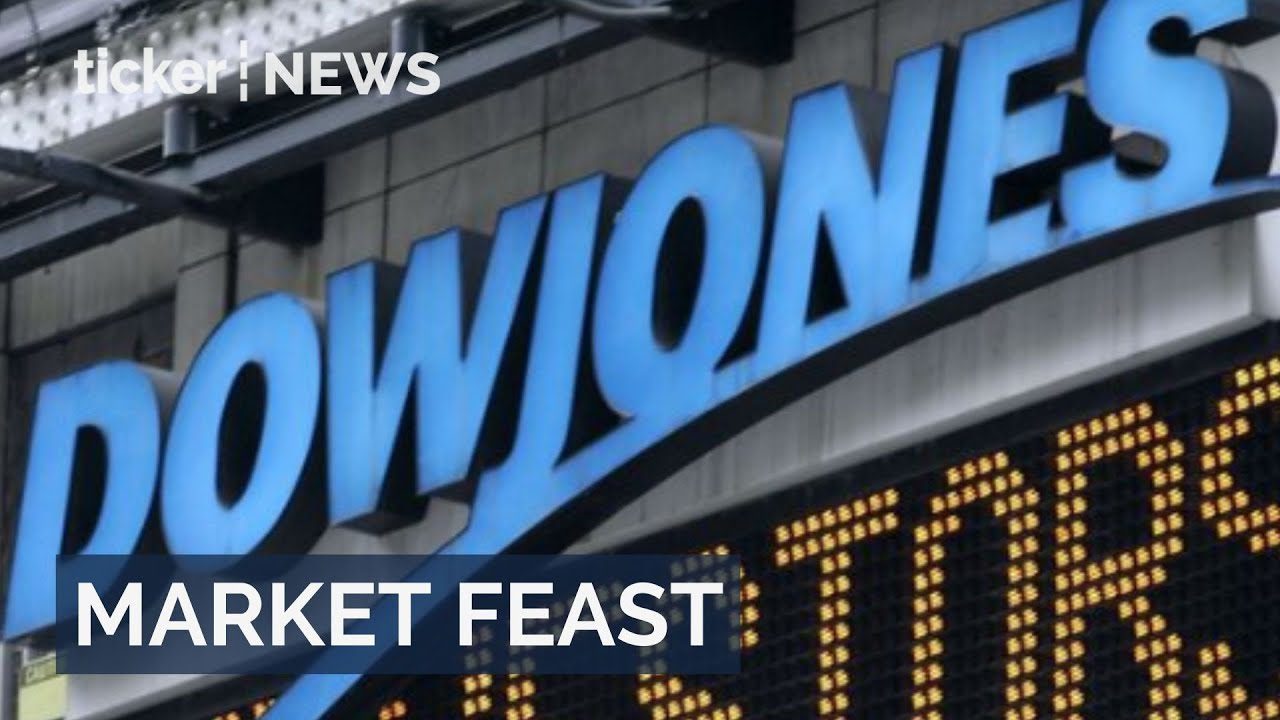Money
Can Australian bosses force you back to the office?

Money
Australia’s sharemarket set for weakest annual return in three years
Australia’s sharemarket set for weakest return in three years; gains from gold and critical minerals offset blue-chip losses.
Money
US stocks surge amid AI hype despite market volatility
US stock market bounced back, S&P 500 up 16% in 2023, driven by AI excitement amid policy uncertainties.
Money
Stocks rally ahead of Thanksgiving as markets log four days of gains
Markets gain momentum ahead of Thanksgiving, with the Dow up 388 points and Oracle rising 4% amid investor optimism.
-



 News4 days ago
News4 days agoWarner rejects Paramount’s hostile takeover bid
-



 Shows4 days ago
Shows4 days agoJames Bozinovski: Reshaping retail with innovative strategies
-



 Tech3 days ago
Tech3 days agoAI stocks surge amid market shifts and spending warnings
-



 Leaders9 hours ago
Leaders9 hours agoAI and automation reshape future tech careers
-



 Tech3 days ago
Tech3 days agoAI investments set to surge in 2026 as companies target productivity gains
-



 Money7 hours ago
Money7 hours agoUS stocks surge amid AI hype despite market volatility
-



 News8 hours ago
News8 hours agoAustralia’s property market set to soar in 2026
-



 News4 days ago
News4 days agoExperts warn AI could trigger ‘Grey Swan’ events in the global economy






